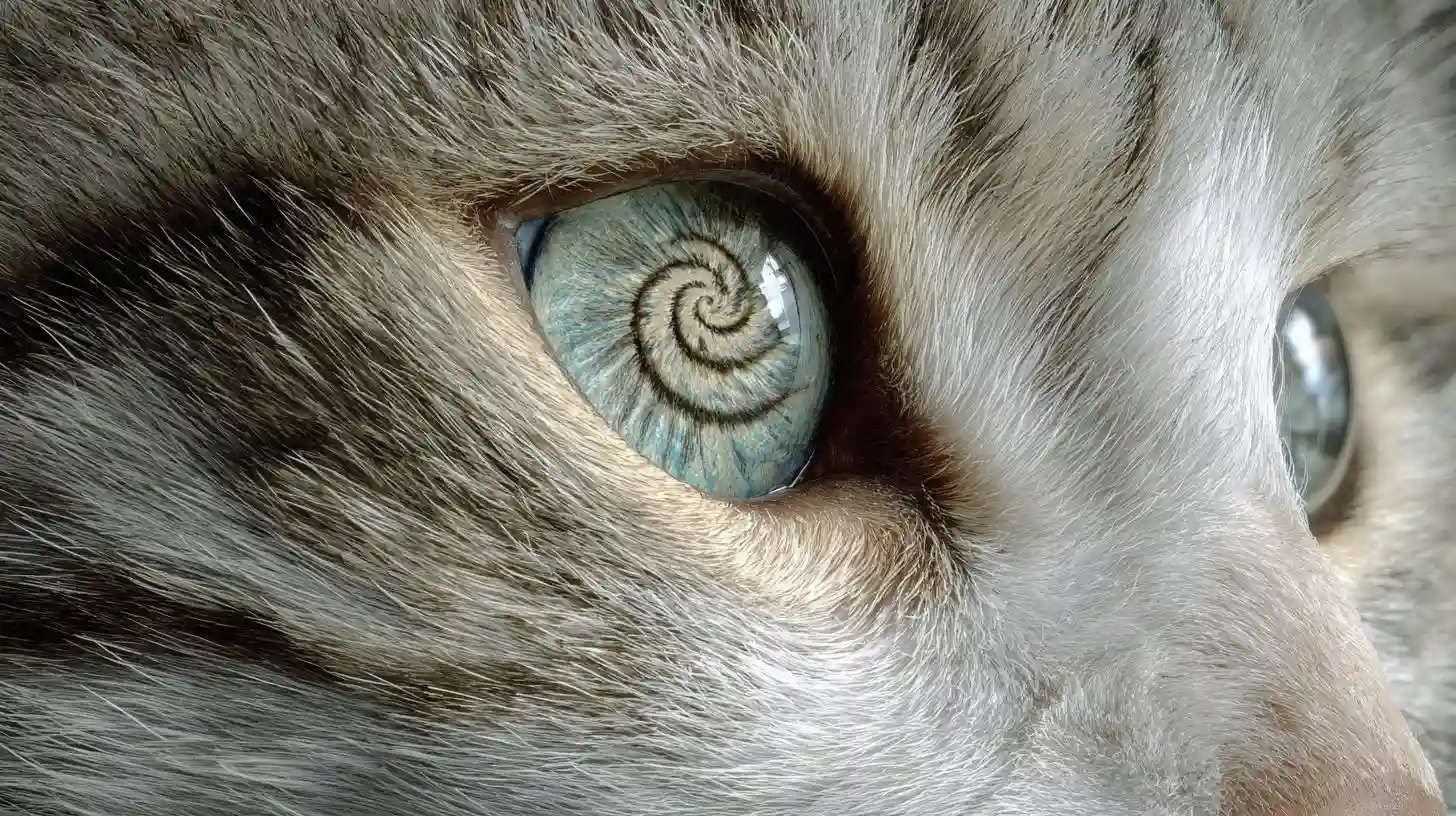
The long companionship between humans and cats has become a tapestry woven from centuries of shared spaces, survival tactics, and subtle communication that passes mostly through body language rather than spoken words. As wild predators and careful observers of human behavior, cats learned to interpret our routines, lights, sounds, and gestures, while humans learned to read the flick of a tail, the tilt of ears, and a patient gaze as signals that can mean safety, interest, or a veiled plea for companionship. This mutual education grew in a whisper rather than a shout, shaped by cohabitation and the quiet reciprocity of daily life. Tracing the roots of this dialogue reveals how the cat carries its tail, the way the tip might quiver when curiosity outruns caution, and the gentle rubbing along a leg as if to lay a banner of belonging without the need for vocalization. The tail becomes a living flag, a barometer of mood, and over time humans learned that a tail held high and relaxed signals confidence and friendliness, whereas a tucked tail in retreat signals fear or stress. The ears, pivoting like tiny radar dishes, reveal attention and intention; alert ears forward indicate interest in a new sound or movement, while flattened ears can broadcast irritation or the desire to retreat from a perceived threat. The eyes, too, tell a patient story: the shape of the eyelids, the size of the pupils, and the rhythm of blinking all conspire to reveal what a cat feels in that moment, from quiet confidence to wary suspicion. In response, humans adapted by recognizing that a deliberate slow blink from a cat is a form of trust, and by learning to mirror that gesture as a soft, unhurried communication that signals peace rather than demand. The patterns of touch in this exchange become a gentle choreography: stroking along the sides, tapping the chin, or offering a hand for reciprocity, all of which become rituals that acknowledge boundary making and consent. When a cat kneads with modest pressure, sometimes described as making bread, the act speaks not only of comfort but also of a deep memory carried from kittenhood, a memory of warmth and nourishment, a signal that the present moment is safe enough for a pause in vigilance. Humans respond by sustaining the contact, pausing to observe whether the cat will press closer or drift away, a dynamic that teaches patience and respect for autonomy. The mutual language extends beyond touch to scent and space. Cats reinforce familiar territory by rubbing their scent glands against a leg or furniture, a quiet advertisement of belonging that says this space belongs to us as a unit, while humans respond by maintaining a predictable rhythm of feeding, play, and rest that makes this space feel safe. The act of cohabitation has given rise to an extraordinary sensitivity to nonverbal cues because the costs of misreading can be high; a small misinterpretation can spark tension, while careful attention can deepen trust and cooperation. A human who learns to interpret a softly closed eye and a softly meowing solicitous tone will often discover that the cat is asking for social time on its terms, not simply demanding attention. The cat, in turn, learns when to retreat to a perch and when to step forward to share a lap or a doorway for a quiet moment together. It is a dance that emerged from the wild but was refined in the shelter of homes and towns where both species learned to read the other’s weather and adjust accordingly. The beauty of this evolutionary relationship lies not in dramatic displays of intellect but in a shared intelligence built from micro gestures, from the smallest tilt of a whisker to the most delicate breath of a sigh, a language that required both patience and trust to develop. In the end, the bond endures because it rests on continuous adjustment, mutual respect for boundaries, and a deep recognition that body language carries the memory of countless generations of observation, testing, and adaptation, a memory that wires the heart to respond with gentleness whenever a cat tilts its ear toward human companionship or closes its eyes in contentment on a remembered lap, a response that echoes across time as a quiet testament to a long, evolving friendship.